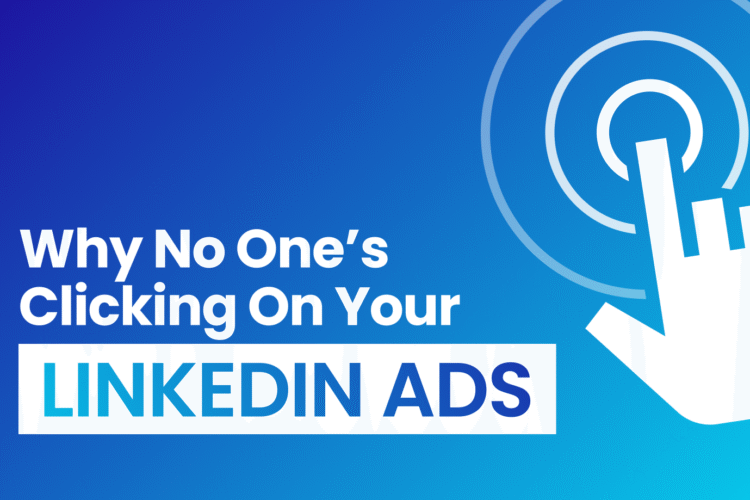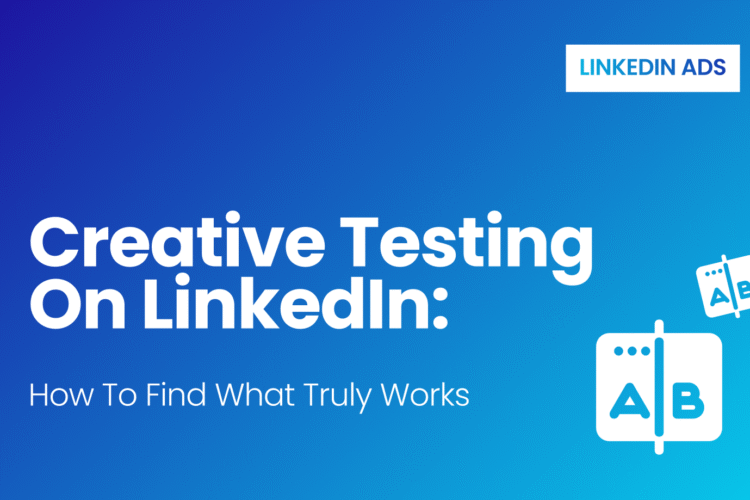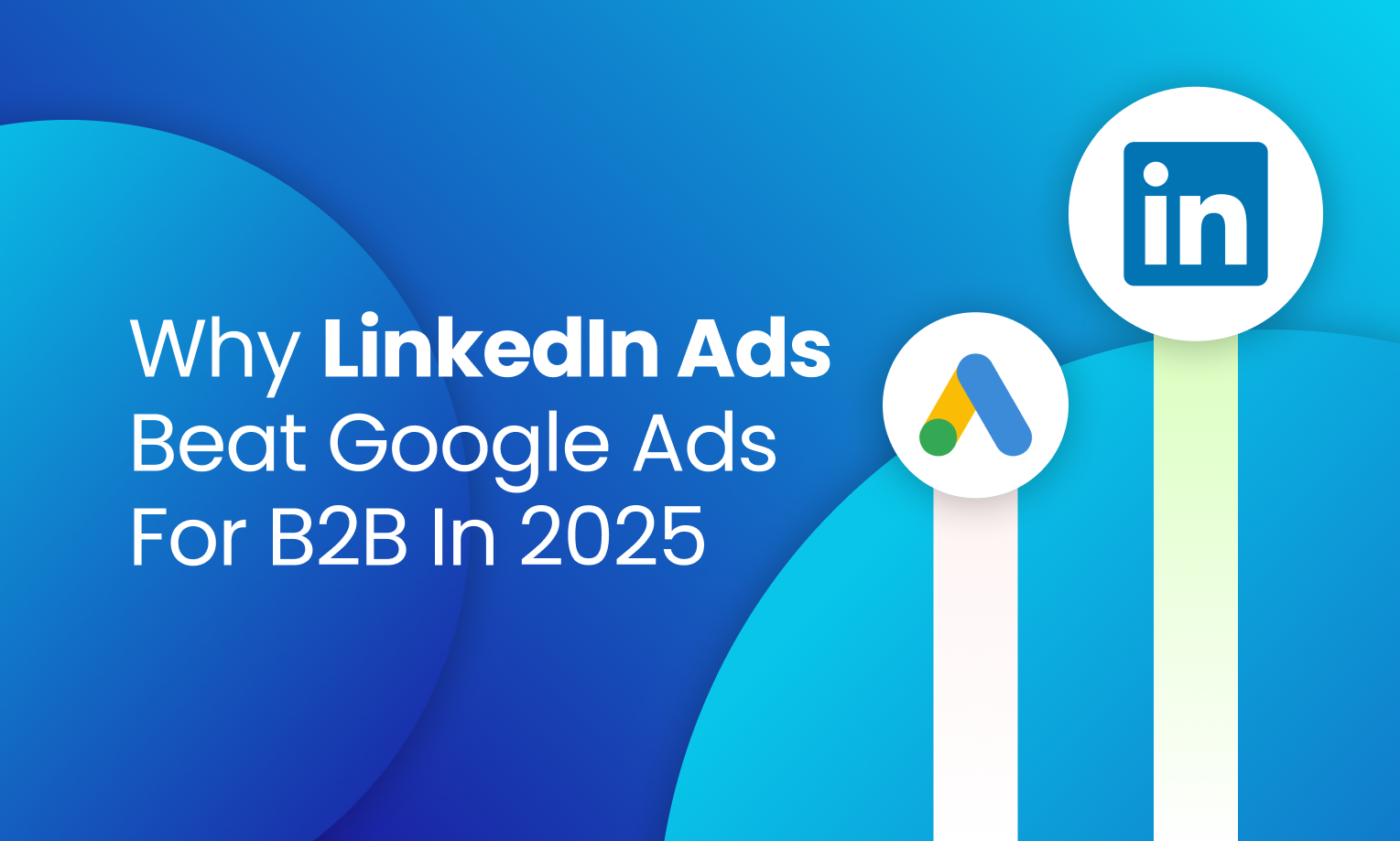
“Just Google it!”
It’s been a long time (more than two decades) since we have been using online search and Google interchangeably.
But lately, things aren’t looking well for Google’s market dominance.
In fact, for the first time since 2015, Google’s global search market share has dropped below 90% (88.89%) as per a report by StatCounter.
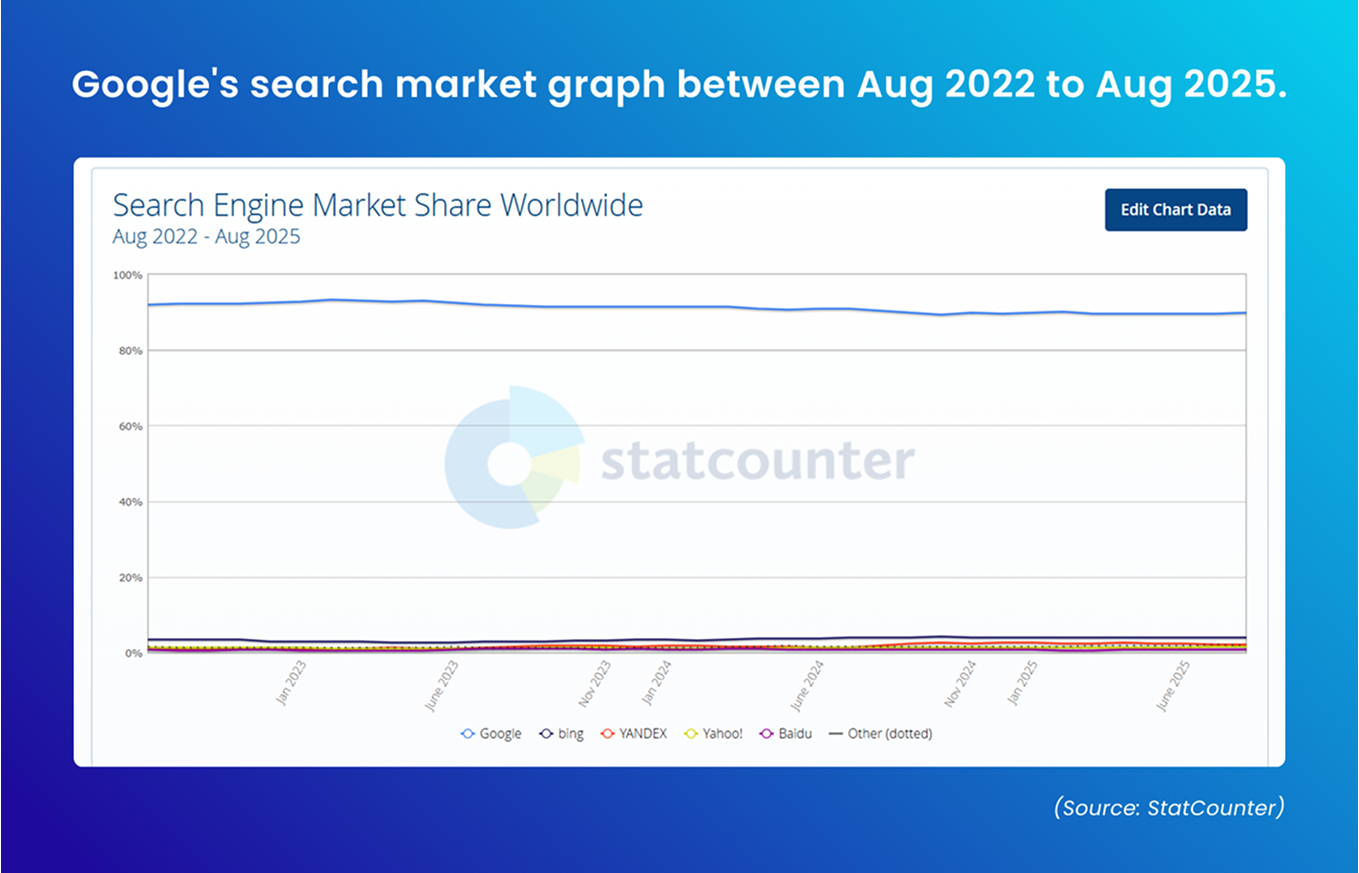
And since fewer people are searching on Google, B2B marketers will see fewer Google Ads. That’s precisely why Google Ads might not be as lucrative as they were before.
This is what is making B2B businesses and marketers shift their focus to LinkedIn Ads more than ever.
In this article, we will explore why LinkedIn ads are more yielding for B2B lead generation than Google ads- especially in 2025 (and beyond)
But to understand that, let’s first discuss why Google is losing its search market share, which looked quite impossible before ChatGPT.
Why is Google Losing Its Search Dominance?
1. Increasing competition (AI tools + other unique browsers)
- AI-driven search tools like ChatGPT, Perplexity, and even niche AI vertical search platforms have been steadily pulling users away from Google. These tools don’t just deliver links; they provide synthesized, conversational answers, saving users time.
- But AI isn’t the only culprit. Users are also fed up with low-quality results on Google. Many searches surface SEO-hacked, AI-fluff articles that add little value. Instead of digging deep into topics, users get shallow content. Frustrated, they are looking elsewhere for reliable insights, and AI platforms are right there waiting.
2. Declining quality of Google SERP
Google’s search results today look cluttered. Ads at the top, AI snippets, “People also ask” sections, and affiliate-heavy blogs dominate the space. For businesses, this means even if you rank, you may barely get clicks. For users, it feels like a maze, not a helpful tool.
3. New users, new search behaviors
Younger professionals (Gen Z and Millennials) don’t default to Google. They search on Reddit, TikTok, LinkedIn, or AI tools, depending on context. They value community-driven insights and personalized answers over generic search engine listings. That shift directly eats into Google’s dominance.
4. Privacy concerns
Google is notorious for hyper-targeting users by tracking searches, clicks, and browsing history. But in 2025, digital privacy awareness is at an all-time high. Users are increasingly resistant to being tracked. That is why safer alternatives like DuckDuckGo and Brave are gaining adoption. Simple, people want answers, not surveillance.
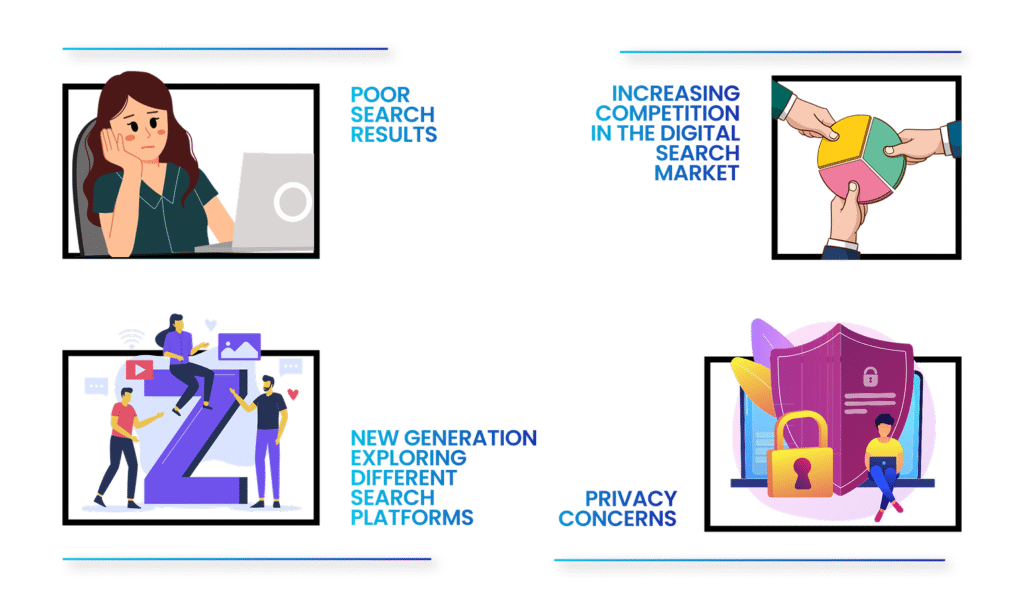
Why LinkedIn Ads Are a Safer Bet for B2B Advertising in 2025
1. High-intent users on LinkedIn
Unlike Google, where you are guessing based on keywords, LinkedIn offers granular targeting: industry, designation, company size, seniority, and more. This means you are not shooting darts in the dark; you know exactly who is seeing your ads.
2. Push advertising on LinkedIn
Google Ads rely on user searches. If your ICP doesn’t search for that exact keyword, your ad never shows.
On LinkedIn, you dictate who sees your ad. Decision-makers don’t need to search for anything. You are proactively placing and pushing your message in front of them at the right time.
3. Sell without selling with LinkedIn ads
LinkedIn ads aren’t limited to “Buy now!” messages. You can spark conversations, share valuable lead magnets, or run thought-leadership campaigns that position your business as a partner, not just a vendor.
We call this the MoFu framework, using middle-of-funnel campaigns that nurture prospects before follow-ups convert them. We have been refining this method for over a decade across different industries.
For example, we helped THEOTHER4, a beverage-innovation company, land premium F&B clients like Nestle, P&G, and Danone through strategically designed LinkedIn campaigns. Read the full case study here.
4. Google and search engines are going through a transition
SEO is unpredictable in 2025. With AI overviews in Google search, websites are seeing less traffic and fewer clicks. Marketers are scrambling to optimize content not just for humans, but also for AI assistants that might cite their work. Until this new ecosystem stabilizes, investing in SEO alone is risky. LinkedIn Ads, on the other hand, provide predictable reach and measurable ROI.
5. LinkedIn’s algorithm is pushing ads harder
If you have been on LinkedIn lately, you will notice organic reach has dropped. Creators often complain about fewer impressions compared to 2–3 years ago. That is no accident; LinkedIn is prioritizing paid visibility.
For businesses, this is good news. It means that ads get more prime real estate on feeds, ensuring your message cuts through the noise. The platform is clearly betting big on ads, and smart B2B companies should too.
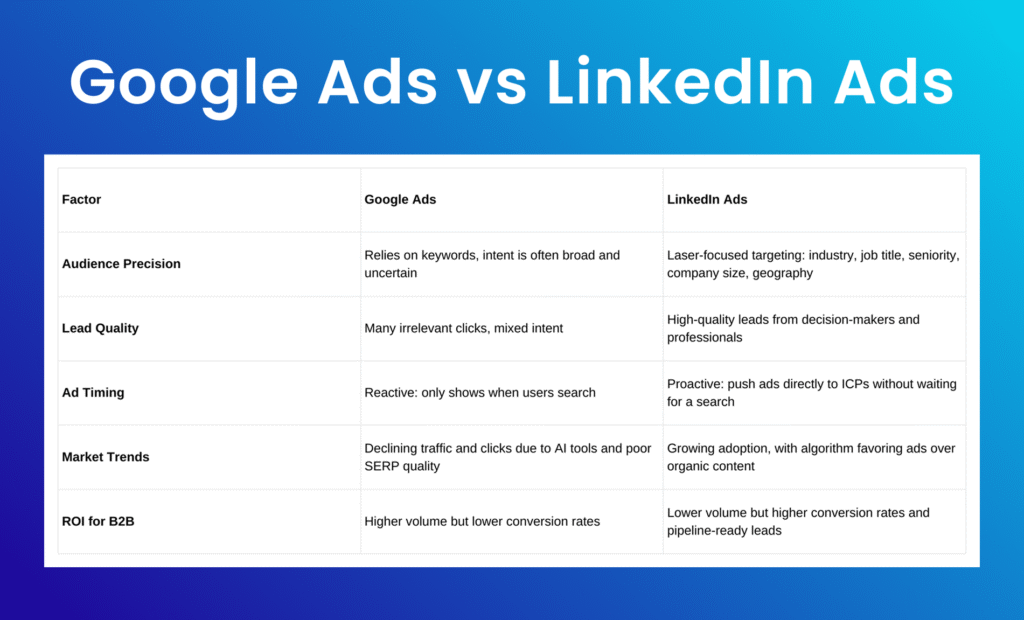
Conclusion
Google Ads aren’t dead, but they are no longer the kingpin of B2B lead generation. As search behavior shifts, privacy concerns rise, and AI reshapes discovery, relying on Google alone is risky. And while they figure out how SEO (Search Engine Optimization) and GEO (Generative Engine Optimization) will pan out, you can’t sit idle.
LinkedIn Ads give you precision, intent, and a platform where your buyers already live. In 2025 and beyond, the B2B brands winning the visibility game will be those that double down on LinkedIn Ads.
Also read: Step-by-step Beginner’s Guide to High-performing LinkedIn Ads
FAQs
- Are Google Ads still useful for B2B in 2025?
Yes, but they are less effective than before. With declining search traffic and AI-driven results stealing clicks, Google Ads alone won’t cut it for B2B lead generation. - Why are LinkedIn Ads more effective for B2B than Google Ads?
LinkedIn lets you target high-intent professionals by role, industry, and company size. This level of precision ensures your ads reach the exact decision-makers you want, something Google can’t guarantee. - Isn’t LinkedIn Ads more expensive than Google Ads?
The CPC may be higher, but the quality of leads is better. LinkedIn leads are often decision-makers, not random searchers, making your ROI stronger despite higher upfront costs. - How do LinkedIn Ads help nurture leads instead of just selling?
By using lead magnets, thought-leadership content, and conversational ads, you can engage your audience without a hard sell, moving them naturally through your funnel. - Should B2B companies completely stop using Google Ads?
Not necessarily. Google Ads can complement your strategy, especially for branded searches. But if you want predictable, high-quality leads in 2025, LinkedIn Ads should be the priority.

